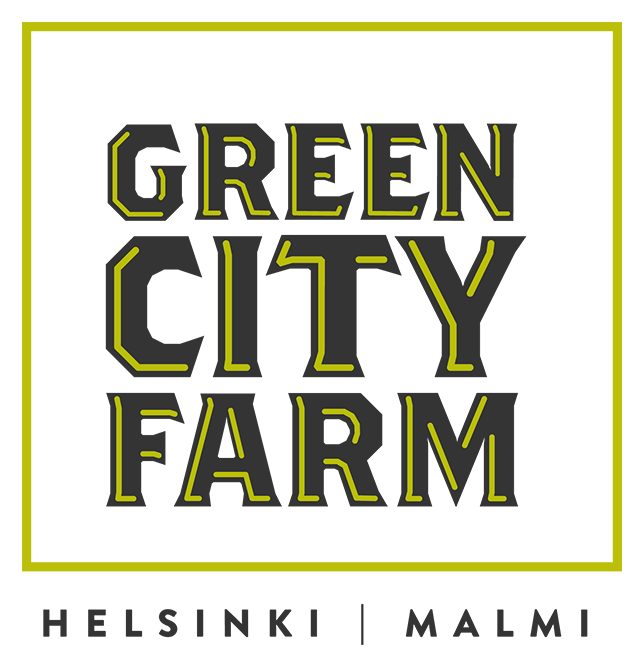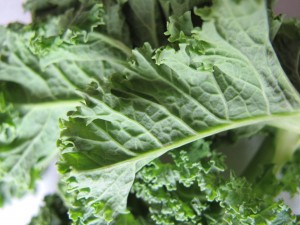Curly kale – Lehtikaali
Brassica oleracea subsp. Oleracea
Brassicaceae family
When grown traditionally curly kale is a tall, elegant plant with a strong and straight central stem from which grow bright green or deep red colored leaves. The edible leaves have long stems(petioles) and prominent midribs, they have a curly appearance and a frilly leaf margin.
Harvesting traditionally begins as soon as the plant is fully grown and established, usually taking about 80-90 days. The lowest and tougher leaves can be left on the plant, and the younger more tender ones taken progressively from the midsection of the stem. Using this method allows the upper part of the plant to continue growing to produce new leaves for a later harvest. If carefully done a strong kale plant can yield leaves from late August right through to the end of October or when it eventually becomes too cold. This applies to Finland, in warmer regions of Europe kale is harvested throughout the whole winter.
Nutritionally kale an excellent example of the type of food needed in healthy diet. Fiber, minerals and vitamins are abundant and along with its ease to grow make it a good choice for the amateur vegetable gardener.
There are many ways to grow kale, more recent methods supply the demand for young leafy mix salads and such things as smoothies. These methods aim to produce as many leaves as possible in the shortest period. The traditional way is to give the plants plenty of time and space (min. 50x50cm), irrigating when dry and fertilizing in a similar way to brussels sprouts. The resulting plants should be strong, healthy, easy to harvest and give an excellent yield of good quality leaves.
There are few quality problems with kale if harvested correctly and prevented from wilting, and if kept moist and cold it will also store well. There can be various insects ´hiding` in the curly leaves that can often appear after harvest when taken to a warmer shop or kitchen environment.


